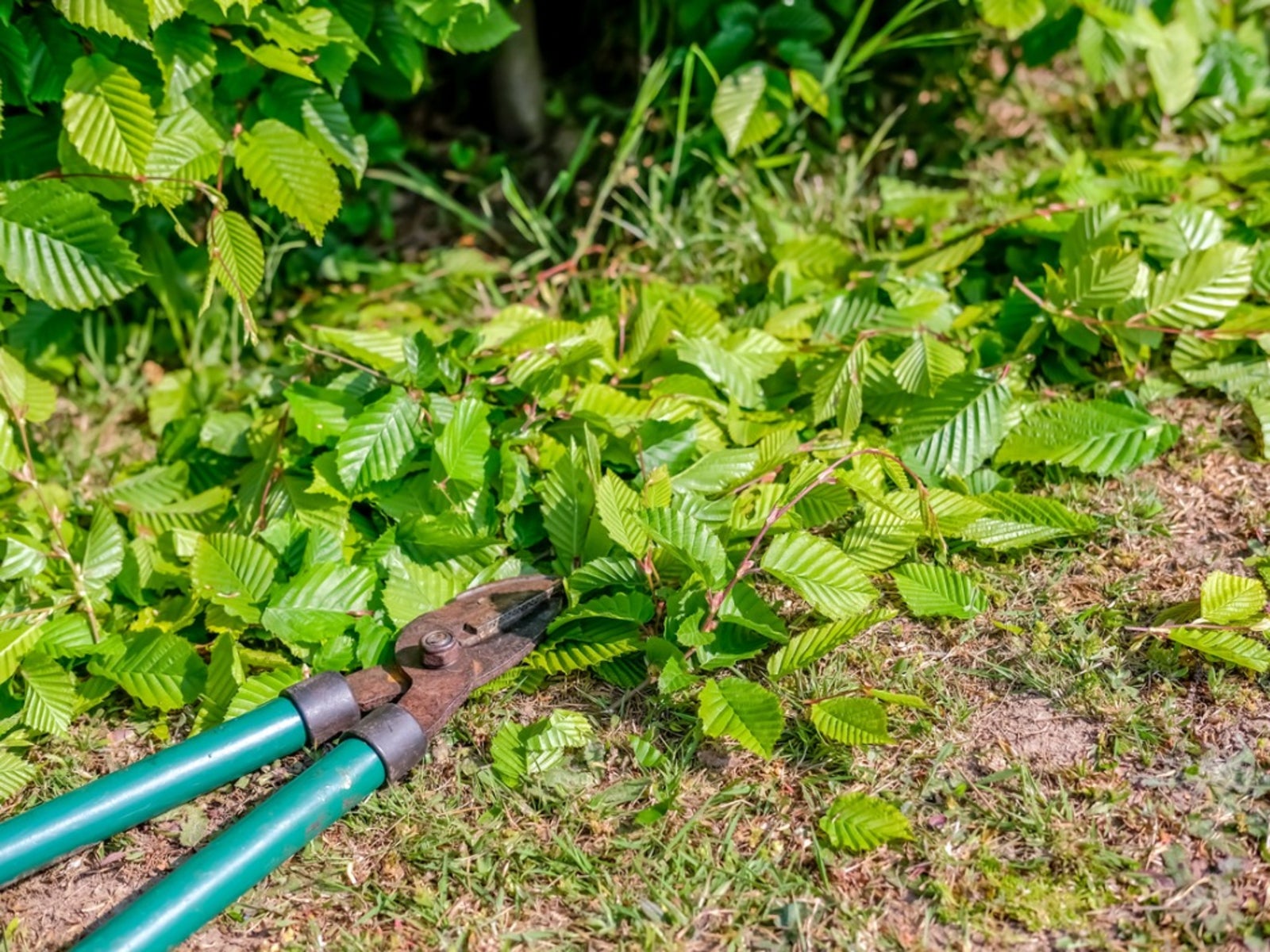Trimming Hawthorn Trees - How And When To Prune Hawthorns

Although serious pruning is not required, you can prune your hawthorn tree to keep it looking neat. Removal of dead, diseased, or broken branches will aid in this process while stimulating new growth for flowers and fruit. Read on for hawthorn pruning info.
About Hawthorn Trees
A hawthorn tree is a hardy, fruit-bearing, flower-growing tree that has been known to live for up to 400 years. The hawthorn flowers twice a year and from the flowers comes the fruit. Each flower produces seed, and from the seed, shiny red berries hang in clusters from the tree. The best climate for growing hawthorn trees is in USDA plant hardiness zones 5 through 9. These trees love full sun and good drainage. The hawthorn is a favorite among homeowners because its size and shape make it easy to prune as a hedge or use as a natural border.
When to Prune Hawthorns
You should never prune a hawthorn tree before it is established. Trimming hawthorn trees before they mature can stunt their growth. Your tree should grow 4 to 6 feet (1-2 m.) before pruning. Pruning should be done when the tree is dormant, during the winter months. Pruning during the winter months will encourage new flower production for the following spring.
How to Prune a Hawthorn Tree
Proper pruning of hawthorn trees requires tools that are of good quality and sharp. To protect you from the 3-inch (7.5 cm.) thorns that protrude from the tree trunk and branches, it is important to wear protective clothing such as long pants, long sleeve shirt, heavy work gloves, and protective eye gear. You will want to use a pruning saw for the larger branches and loppers and clippers for the smaller branches. For example, you will need hand clippers for cutting small branches up to a ¼-inch (0.5 cm.) diameter, loppers for cutting branches up to an inch (2.5 cm.) in diameter, and a pruning saw for branches over 1 ¼-inch (3 cm.) in diameter. Once again, remember that they need to be sharp in order to make clean cuts. To begin hawthorn pruning, cut any broken or dead branches close to the branch collar, which is at the base of each branch. Do not cut flush with the trunk of the tree; doing this will increase the chances of decay in the trunk of the tree. Make all cuts just beyond a lateral twig or bud that faces the direction you want the branch to grow. Removal of any cross branches or sprouts from the base of the tree and also the interior of the tree helps prevent diseases because it improves circulation throughout the tree. If you are trimming your hawthorn as a shrub, trim the top branches and leaves if they are growing too high. If you prefer a tree, the lower limbs need to be cut to create a single trunk.
Gardening tips, videos, info and more delivered right to your inbox!
Sign up for the Gardening Know How newsletter today and receive a free copy of our e-book "How to Grow Delicious Tomatoes".
-
 Looking For Plants To Give You The Soft And Fuzzies? Try These 5 Fuzzy Leaf Plant Options
Looking For Plants To Give You The Soft And Fuzzies? Try These 5 Fuzzy Leaf Plant OptionsLovers of texture, drama, silver foliage and tactile plants will adore these special sensory garden additions. These fuzzy leaf plant options will leave you all aglow
By Susan Albert
-
 Get Ready For A Summer Of Hummers! Grow These Full Sun Hummingbird Plants and Flowers
Get Ready For A Summer Of Hummers! Grow These Full Sun Hummingbird Plants and FlowersIf you’re lucky enough to enjoy a sunny backyard, make sure you are maxing out on your pollinator opportunities and grow these full sun hummingbird plants and flowers
By Tonya Barnett